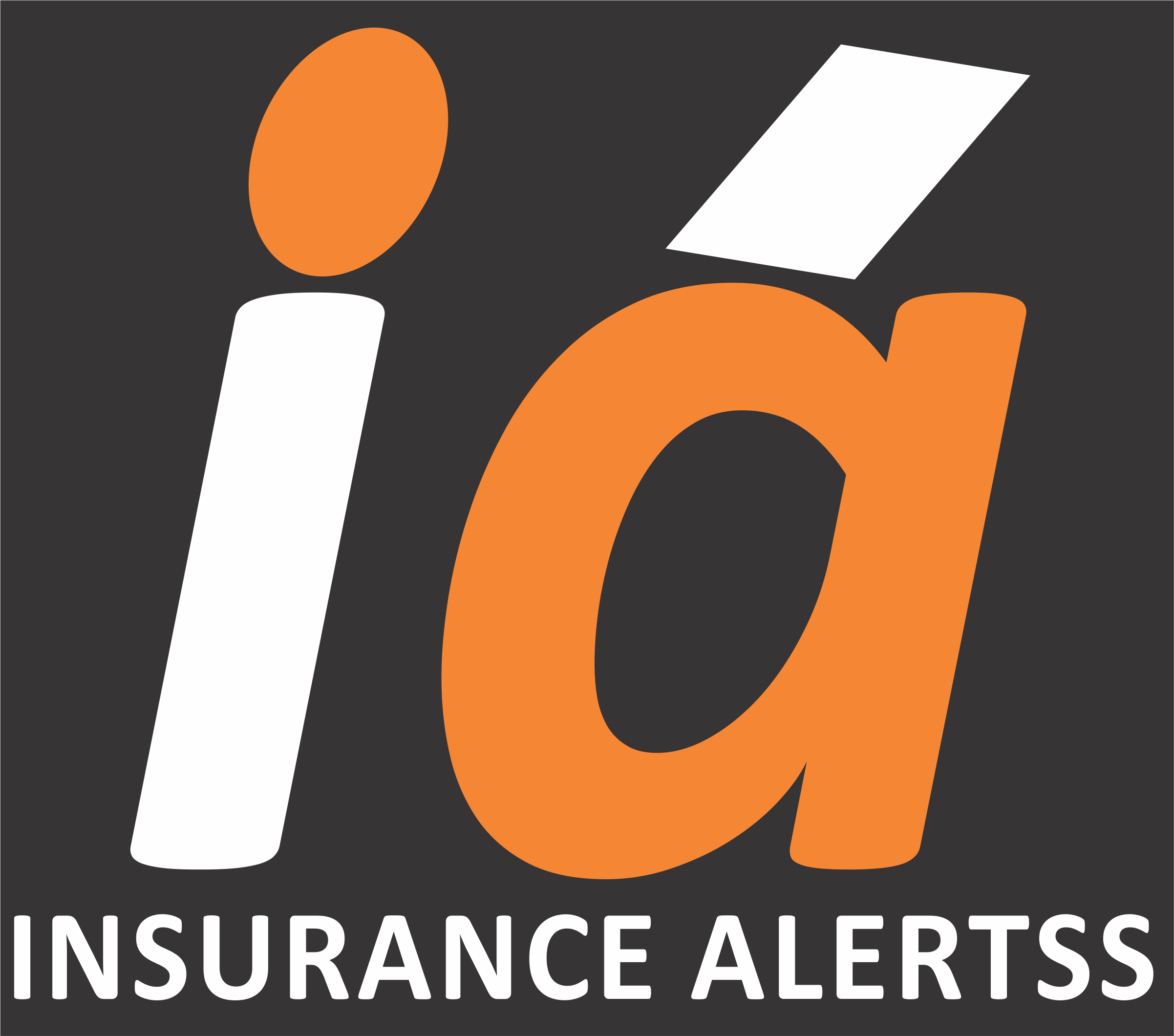 27-11-2019
27-11-2019
Asian insurers looking to shake up investing strategies

 Insurance Alertss
Insurance AlertssAsian insurers looking to shake up investing strategies
As insurance assets in Asia grow due to country-specific demographic shifts and a growing consumer appetite for insurance, and amid a prevailing low-yield global environment, new opportunities have emerged for asset managers that have strong passive and alternative investment capabilities.
Due to the ultra-low interest rates experienced by many Asian economies, insurers are seeking higher returns than what can be garnered from their traditional investments into sovereign bonds and other less risky instruments, according to a report, titled ‘APAC Institutional Client Opportunities 2019’, by leading global fintech firm Broadridge.
Yoon Ng, Broadridge’s director of Asia global market intelligence, told Insurance Business that investing in passive and alternative assets can solve the following issues that insurers are encountering:
- Need for alternative growth drivers – the recent wave of deregulation in several Asian markets and the growing size of insurance portfolios allow insurers to invest in large illiquid assets. Alternative assets with the potential to generate stable and better returns will remain on the radar of insurance firms, e.g. private equity, private debt, and infrastructure debt.
- Changing demand for fixed income – as a result of hunt for yield, demand for fixed instruments is widening. Key themes include shift from domestic to overseas debt, sovereign to credit, and growing interest in private debt.
- Passive investing to gain traction – this is a result of greater cost awareness, growth of fixed income ETFs, and rising acceptance of passive investing globally.
According to the report, the average overall returns for outsourced insurance assets range from 4% to 6%. Through in-depth interviews with Asian insurers with combined assets under management (AUM) of over US$1.6 trillion, transparent investment processes and access to portfolio managers are increasingly important besides performance as key selection criteria for external managers.
“While the region is starting from a low base, the report found that the fastest growth in addressable assets in the region is being registered by the insurance general accounts (GA) sector. While APAC institutional addressable assets had a CAGR of 12.9% from 2013 to 2018, the insurance GA sector grew at a CAGR of 16.5% to reach US$551 billion at the end of 2018. According to the report, Broadridge expects growth to continue at a CAGR of 11.2% in the 2019-2023 period with insurance GA assets reaching US$937 billion by the end of 2023. It will remain the fastest growing client opportunity for 3rd party asset managers. Meanwhile, demand for alternative investments, such as infrastructure debt and real estate, grew much faster in 2017-2018 compared to 2015-2016.
“While allocations are still low for this asset class, there is potential for growth in a persistent low-yield environment,” Ng said. “A recent wave of deregulation in several Asian markets and the growing size of insurance portfolios allow insurers to invest in large illiquid assets.” Building insurance asset management capabilities
According to the report, asset managers are sharpening their insurance asset management capabilities to be of more benefit to Asian insurance firms that are looking to outsource assets for better returns. To this end, they are hiring talent for their internal investment teams from insurance firms. “Asian insurers often seek external managers with experience managing insurance assets due to a lack in understanding the risk-return characteristics and regulatory requirements of insurance companies,” Ng said. “Addressing this gap is the key to strengthening client relationships.”
According to Ng, insurers will be the fastest-growing source of institutional client assets in Asia for the next few years. “Expect the five-year CAGR to grow at 11% compared to the regional average of 8.6%, exceeding that for pension funds and sovereign wealth funds. Addressable assets, or those outsourced to 3rd party mangers, will increase from currently US$551 billion to US$937 billion by 2023,” she said. “However, do note this is not just driven by investment strategies. The added complexity and cost of adapting to new solvency regimes and accounting requirements are reasons for increased activity in the outsourcing space.”
In order to harness the opportunities provided by the changing investment climate, Ng advised insurance players to shore up on their capital efficiency management, asset/liability management (through better risk budgeting and reporting), as well as risk management, by improving their liability assessment capabilities.
Source: Insurance Business Asia
